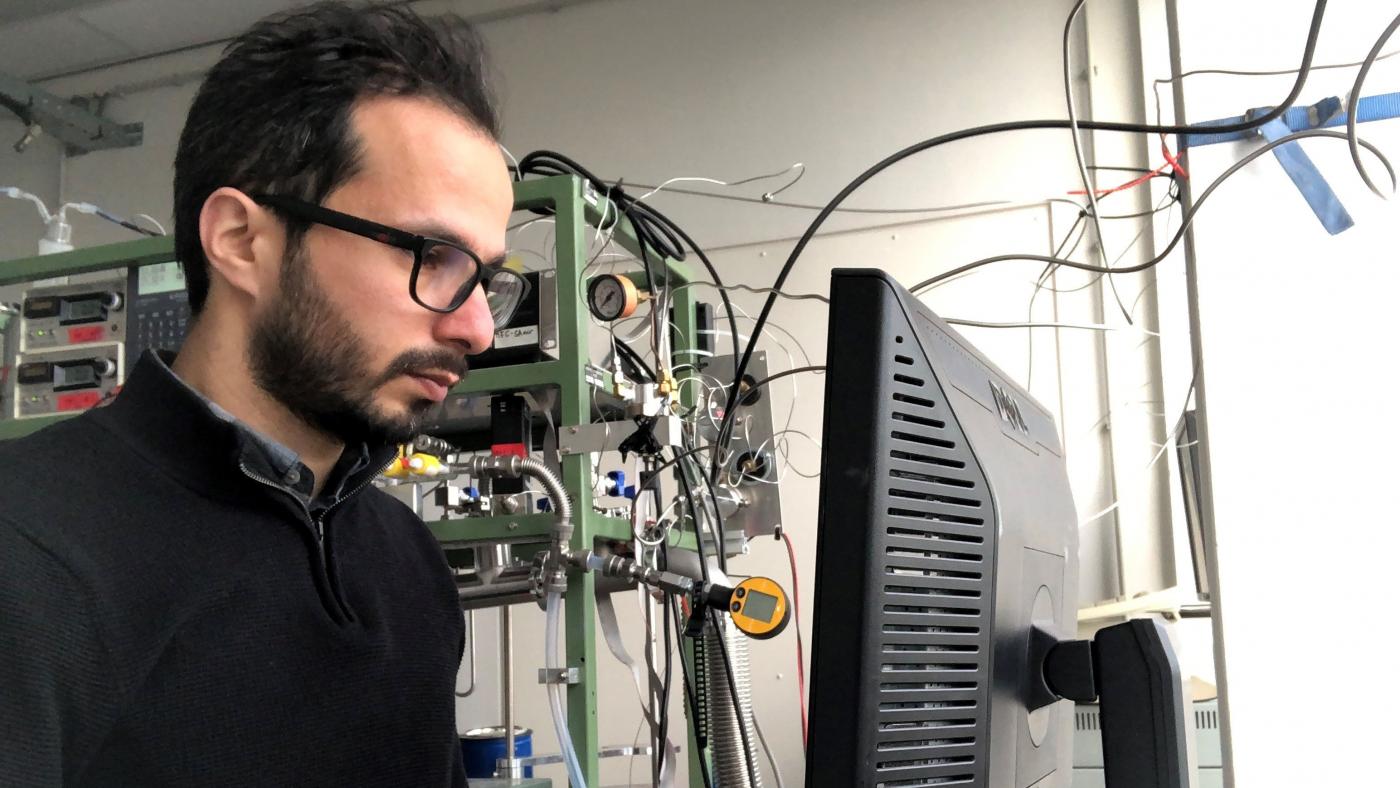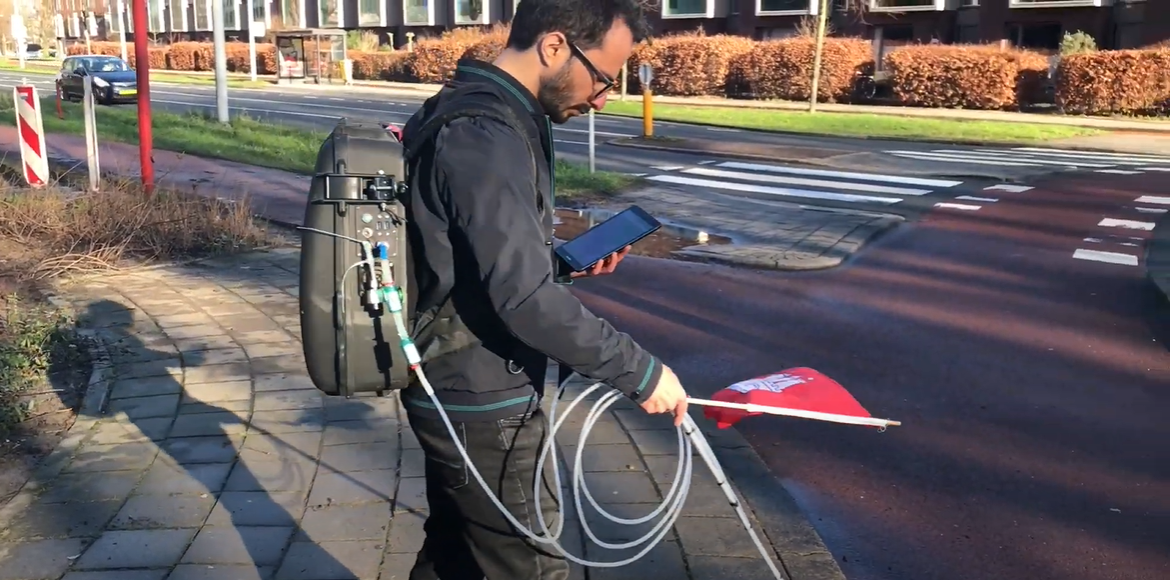To buy us time in achieving climate goals
UU researcher founds start-up to reduce methane emissions

“This is something we cannot leave for tomorrow”, says Maazallahi, his face clearly showing his enthusiasm for the topic. Methane is 80 times more potent at warming than carbon dioxide. “The difference is that methane is a short-lived greenhouse gas. Its lifetime in the atmosphere is about ten years, compared to hundreds of years for CO2”, he explains. That’s why significantly reducing methane emissions would allow us to see a positive impact on the climate in a much shorter period of time. “Since we are falling behind with the reduction of CO2 emissions, reducing methane would allow us to buy some time.”
Maazallahi’s passion for the topic of methane emissions started during his Bachelor’s in Petroleum Engineering in Teheran. His interests gradually shifted to environmental issues, which led him to pack his bags and move to Enschede in 2013 and Lund, in Sweden, the following year, for a Master’s in Environmental Modelling and Management. He graduated with a thesis on the measurement and attribution of methane emissions to the Far West in Pennsylvania, United States.
After his Master’s, he worked for the national Iranian gas company to identify methane emissions from the energy sector in his home country. “In real life, in the field, getting the numbers in an accurate way is very challenging”, he says. In 2017, Maazallahi moved to Utrecht to continue his research at PhD level. He detected, quantified and attributed methane emissions in European cities using mobile techniques like installing measuring instruments in a van. But drones and aircraft are other examples of vehicles that can be used for this purpose. Now, he is a postdoc researcher expanding the study alongside the Environmental Defense Fund to the Far East in Seoul, South Korea.
He is also pursuing his entrepreneurial side with a start-up called Maaz Maps. The company will apply suitable methods to help organisations understand their methane emissions and then figure out the best pathways to reduce their impact. “I decided to start my own company because our findings need to be applied, they shouldn’t be forgotten on the shelves of a library. We already have the science and the technology to do it. There are still things to improve in research, of course, but what we have is already sufficient to reduce emissions,” declares Maazallahi.
Considering over 100 countries have recently signed a pledge to reduce 30 percent of current methane emissions by 2030, it is reasonable to assume that Maaz Maps will not suffer from a lack of clients. “I see a bright collaborative future, we just need to act.”

Three sectors
His potential clients belong to three sectors: agriculture, energy and waste. The scale to which each of these sectors contributes to methane emissions depends on the activities within a country. For example, in fossil fuel-producing countries, oil, natural gas and coal productions contribute significantly to methane emissions, while in countries with an expressive agriculture sector, emissions from cattle and farming activities are dominant.
At the global scale, human activity is responsible for about 60 percent of emissions, of which one-quarter comes from agriculture. There are approximately 1.5 billion cattle in the world, whose enteric fermentation (a natural part of their digestion process) emits plenty of methane. A single cow will belch about 150 kilograms of methane each year. Rice paddies are another important culprit as they are frequently flooded during growth, which generates methane-emitting bacteria.
Agriculture is closely followed by the energy sector: coal, oil, natural gas and biofuels. Methane emissions happen in the production locations, during transportation and storage, all the way down to the consumer level – the stove in your kitchen, for example. Maazallahi says there are easy-to-implement actions to reduce emissions from the energy sector: “measures as simple as sealing or collecting methane at the release points.”
Last but not least, there is waste: methane is emitted from landfills and wastewater treatment plants. “These are the sources that are known, but we have to measure their contributions and update our understanding of where the majority of emissions are coming from,” Maazallahi explains.
The UU researcher underscores that methane is an energy source. When captured before it gets into the atmosphere, it can be burned to produce electricity, heat buildings etc. In 2007, seven buses in the Dutch city of Delft were running on synthetic GTL diesel, which was produced from methane. However, capturing methane is a rather difficult process, which is why more research is being carried out to improve it. “Recently, the International Energy Agency published a report stating that huge amounts of methane are being released into the atmosphere without any use. About 135 million tons of methane are currently being wasted,” he sighs.

First steps
At the moment, Maaz Maps is involved with a project from the European Gas Research Group (GERG), together with UU. They are scientifically evaluating a measurement project taking place at a compressor station in Belgium. Different technology providers report on their own measurement and attribution methods. Then, Maaz Maps and UU evaluate these reports quantitatively and qualitatively, a process best known as reconciliation.
As for the future of his start-up, he says that contributing to the reduction of methane emissions alone makes it all worth it. “This by itself is a huge driving force.”